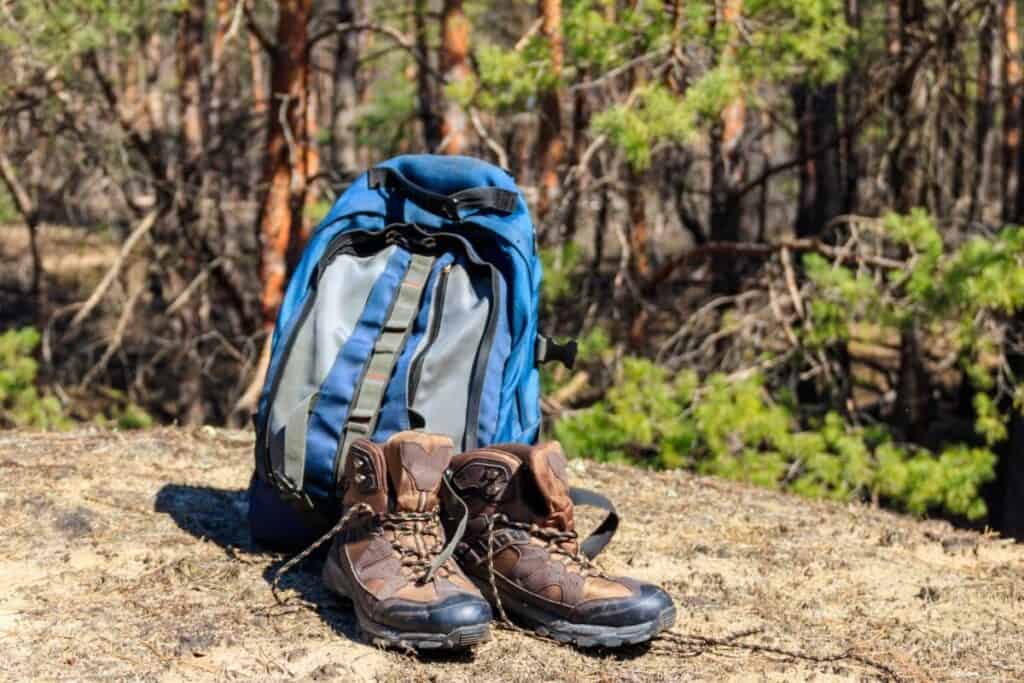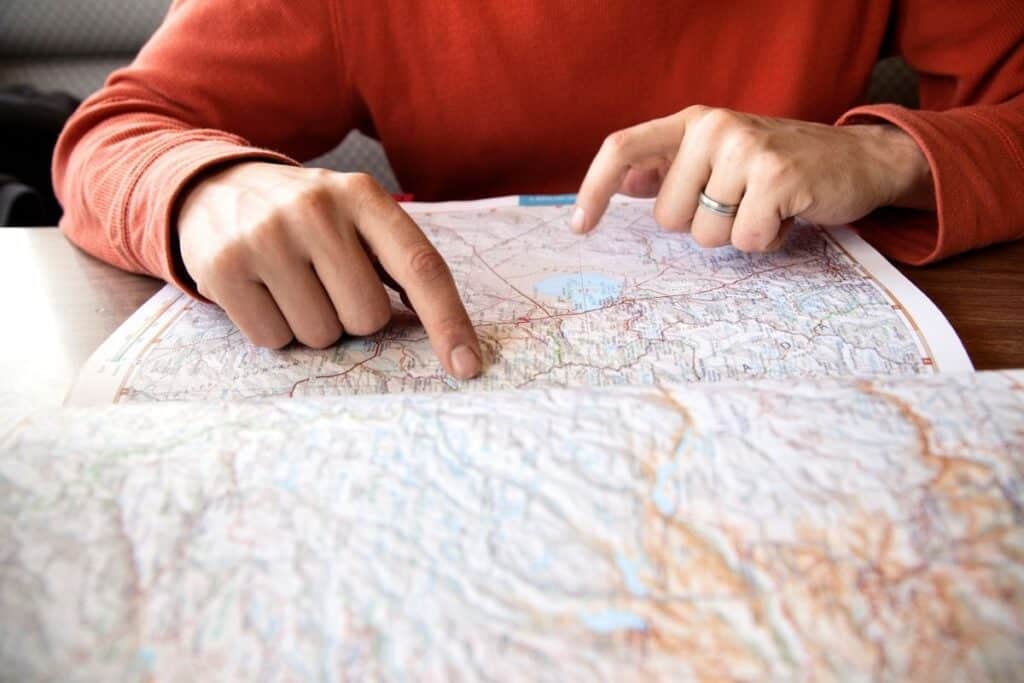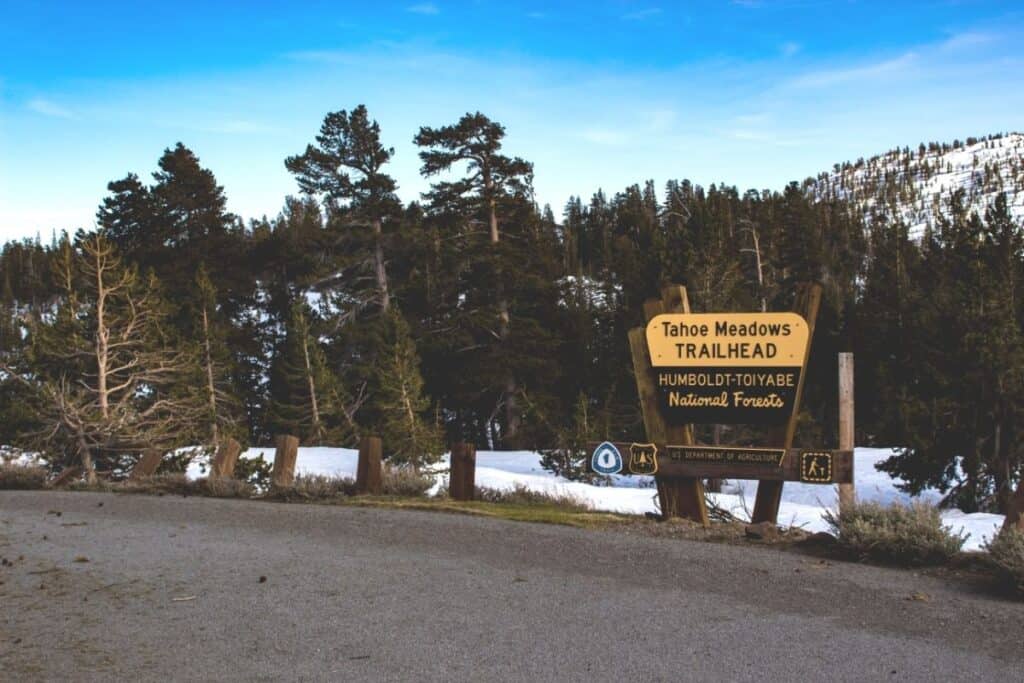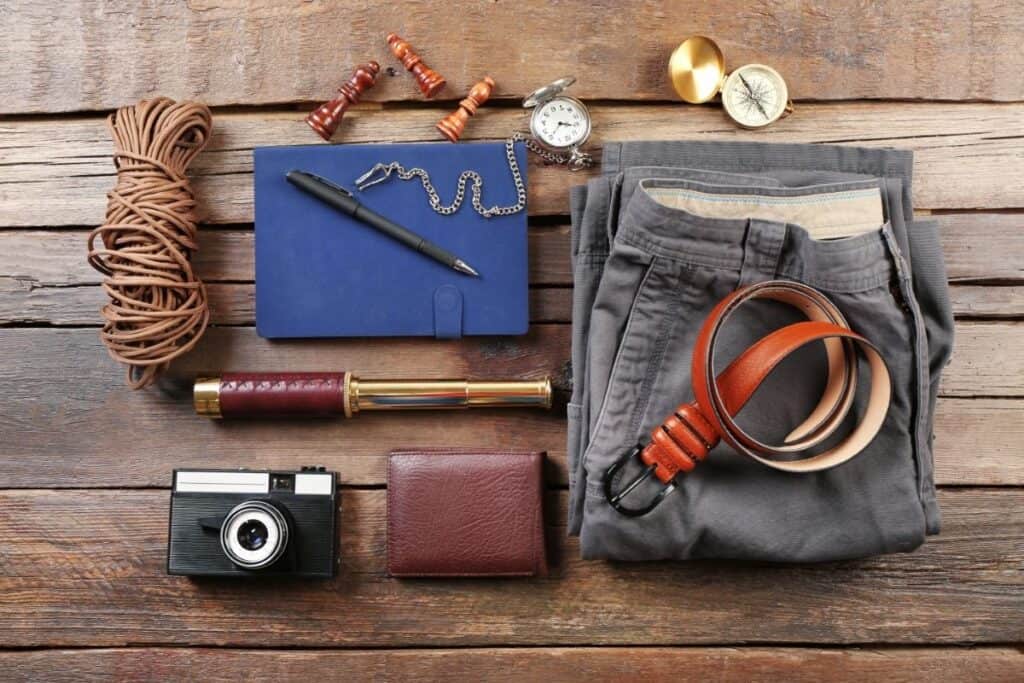
Have you considered getting into hiking but wondered if it’s an expensive hobby? After all, it’s well known that many popular outdoor brands are far from cheap!
Hiking is not an expensive hobby compared to other similar outdoor activities such as mountain biking, fishing, and hunting. Hiking costs can be further reduced by choosing to hike in locations that are nearby, have low or zero admission costs, and by purchasing annual passes.
Rather than leave it at that, let’s dive into these areas further to see how else you can still enjoy hiking but with lower costs!
What Are the Costs of Hiking?
Most people who plan to go hiking realize that it requires more than simply strolling out your front door in sneakers and sweat pants. While that could work out, better planning will result in a better experience and lower costs!
To figure out what the costs of hiking are, you must first determine what kind of hike you are going to take.
How far away is the hike from where you are now, and how long is the hike going to be and what method of transportation are you taking to get to your hiking spot?
You also need to think about what you will need during the length of the hike as far as food and water. Other items that you might consider carrying include sunscreen, bug repellent, rain or snow gear, basic clothing, first aid.
Are you going to be using a fanny pack, basic backpack, or a larger rucksack type of bag to store your gear? These are questions that you must explore before you decide what kind of hiking trip you are about to make.
Factor #1 – Location Matters

The first thing to figure out is the distance of the location of the hike. Do you want to stay local and take off on foot and literally walk to your location of the hike?
Or are you going to drive to a popular local hiking spot, or are you going to travel farther out, by car, bus, train, boat, or plane? When you are determining your location, you must also decide how long of a hike you want to take once you get there.
Do you want the hike to be a couple of hours of exploring or will this be a hike that lasts all day or even more?
To get the ball rolling on what the location expense might look like, let us start with what the typical cost for a local trip might be and work our way up to a longer distance trip.
For example, a trip that is in your current town or close to it will have minimal travel costs if you can walk there, or arrive by other land traveling vehicle in a short amount of time.
This cost may be zero if walking, or a few gallons of gas if driving. The cost of the trip will increase, the farther you go from your starting point based on the cost of travel alone.
Factor #2 – Cost of Admission

When choosing your next spot to hike you must consider the cost to enter the location. Many places allow you to hike the land for free, but some state parks charge an entrance fee that can range from $1.00 to $10.00 depending on the state.
If you plan to make hiking a regular activity, many states offer the option to purchase an annual pass for a cheaper fee. This would be a wise choice if you plan on visiting a park that you must pay for every time you go in.
At some parks and areas that offer hiking trails, they charge by the carload and not per person, so the cost savings could be larger if you had a group of friends to go with!
You could even rotate the cost of admission between friends if you buy this trip and your friend buys the next one and so on. Some places offer discounted admission rates based on age, so checking into that could bring you some savings as well.
Factor #3 – Supplies

What you decide to bring with you will depend on the location and type of trip you are taking. Shorter trips require less gear, which means not only less to carry but also lower costs!
You could wear the clothes and shoes that you already own and pack enough food, drink, and first aid supplies that you think you will need to get through a couple of hours of exploring.
If you pack what you already own, you are not making any additional expenses for the supplies because you already have them!
For a trip that is more involved, you may need to spend more money once you first get started. If you are planning on a distance hike you will need to make sure you have evaluated the weather and know what kind of terrain and conditions you will be in.
Depending on the weather and the condition of the trails or land, you may need to purchase a good set of boots that will keep you not only comfortable but dry from all-weather as well.
You must decide if you are going to make meals in advance to pack or will you be purchasing items that can be cooked over a fire later, or perhaps bring food that is travel friendly and is vacuum packed to save space.
The cost will increase if you must buy food items that you do not already have on hand. For staying hydrated – are you able to get by with a few bottles of water that you have at home or does a hydration backpack which can cost anywhere from $15.00 to closer to $100.00 depending on where you get it.
Do not forget other supplies such as first aid items and toiletries such as sunscreen and chapstick. These may be items that you already own and if not, they are cheap.
The cost of the trip will increase depending on what gear you decide to use. For example, if you decide to invest in a GPS style watch, the cost can be anywhere from $100.00 to $600.00 depending on what features you want.
Some of the features for a more expensive watch include health monitoring options that track the calories burned, the distance you have traveled, and your oxygen and blood pressure rates.
Others offer satellite systems that not only have a compass but also have bread crumb like navigation systems that allow you to fully track your route by distance, elevation gain, time, etc…
Hiking Costs Compared to Other Hobbies
When considering how expensive hiking is as a hobby, it’s best to compare to other similar outdoor activities. Knowing that hiking involves enjoying nature, good comparison hobbies could include mountain biking, fishing, and hunting.
Although you can rent or borrow a bike when you start mountain biking, when you do make the leap to purchase one of your own it will likely cost several hundred to several thousand dollars.
Once you factor in other gear such as a helmet, bike shoes, gloves, etc… you’re looking at a pretty large bill. That’s certainly more than it costs to get started in hiking!
Similarly, let’s take a look at fishing and hunting.
Depending on the state and town that you live in, an annual fishing license will cost you between $20.00 and $80.00. That does not include the cost of supplies which will cost between $20.00 – $100.00+ just for fishing poles and a stocked tackle box.
Hiking is also a cheaper option when compared to hunting. The initial cost of obtaining a hunting license is between $15.00 and $30.00 or more depending on your location. But a license is really just the start of the bills!
You’ll need a gun, ammo, and likely a safety certification course as well. If you’re going to hunting in cold weather, you’ll then need to add in even more for proper hunting clothing.
While some of these items could be borrowed or even rented, once you do take the plunge into buying your own you could very easily have spent over $1,000.
Tips for Budget Hiking
As with many things, your best bet to limit spending will be to use proper planning. You can do things such as:
- Pick hiking locations that are close to you
- Select parks with low or zero admission fees (or bring along friends to help split the cost)
- Purchase an annual or state pass to save money over the course of a year
- Make a list of what you might have and pack what you already own
- Borrow items from friends or family that already have what you may need
The good news is that none of these steps are hard! But because many people simply skip over them in the beginning, they miss out the opportunity to save themselves money.
Summary
To answer the question from the beginning, is hiking an expensive hobby? The answer is maybe, but the cost really depends on your choices!
The cost is flexible and can vary from free to very costly. The best part about making any purchases on equipment is that it is an investment for trips to come.
You most likely will not be buying new hydration backpacks or GPS watches every year, they should last many years to come.
With proper planning from hiking location, method of transportation, meal prep, inventory list for supplies, and deciding on what you need to bring with you, you will be able to control how much expense goes into hiking. As any hobby goes, it depends on your interest as well.
The more you explore and the deeper involved you get may change how much you are willing to spend. It may also help you find ways to get all that you need without spending a dime.
Related Articles
Make sure to take a look at these other related resources before you go!
